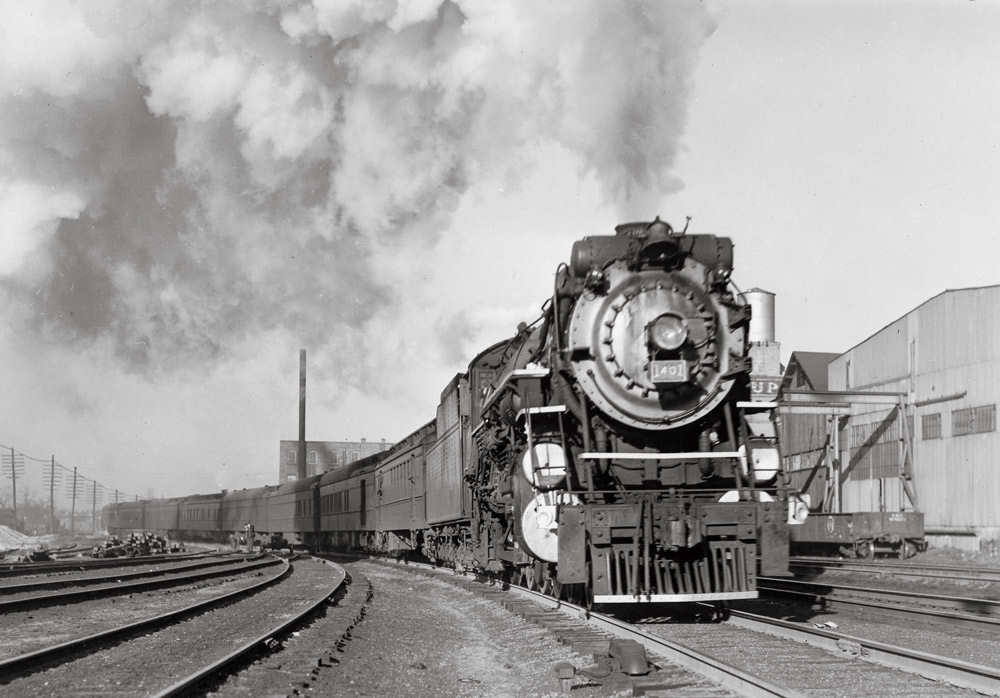
Photograph by R. E. Prince
The Southern Railway was famous for good-quality passenger service. Here are Classic Trains editors’ picks for the five best Southern trains.
Crescent
Introduced on April 26, 1925, the Crescent Limited ran between New Orleans, Mobile, Atlanta, Washington, and New York. The train was operated by the Louisville & Nashville, West Point Route, Southern, and Pennsylvania railroads; about half its route was on SR tracks.
The all-Pullman train, one of the most distinguished in the South, offered a range of onboard services and charged a $5 extra fare. Southern’s handsome green Ps-4 Pacifics pulled the train between Atlanta and Washington. In 1929, the train received new equipment painted in two-tone green with gold trim. The Crescent Limited name and extra-fare services disappeared from the timetable in 1934 and the train became nameless Nos. 37 and 38 carrying coaches. In 1938 the train regained its title, now shortened to Crescent. Diesels replaced the 4-6-2s in 1941.
The Crescent was upgraded in 1949. New streamlined sleeping cars and coaches and distinctive high-windowed observation cars graced the beautiful new postwar Crescent.
After two decades of competition from autos and the airplane the Crescent was partially consolidated with its running mate the Southerner beginning in the late 1960s. The combined trains were renamed the Southern Crescent in 1970. In May 1971, with the creation of Amtrak, Southern continued to operate its own passenger trains. The Southern Crescent still offered sleepers (the last private railroad sleeping-car service in the U.S.), fine dining, and, west of Atlanta, a dome car. The Southern Crescent became an Amtrak service in February 1979.
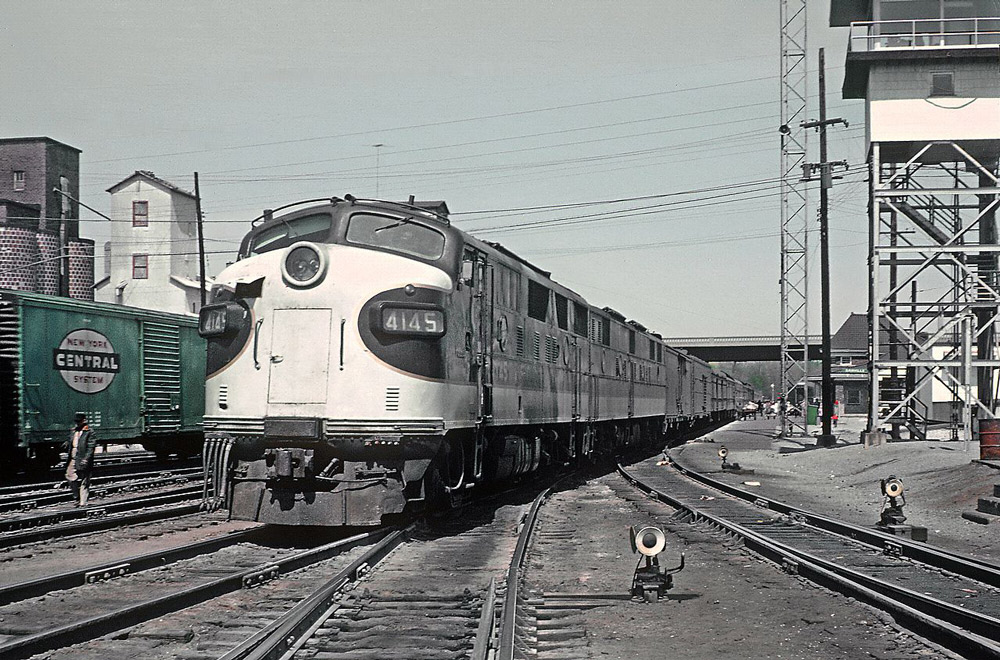
Photograph from the Marty Bernard collection
Royal Palm
With a history spanning 1913–1970, the Royal Palm was one of the longest-lived train names on the Southern. The train began as a Chicago-Cincinnati-Chattanooga-Jacksonville operation. The Royal Palm largely functioned as a Cincinnati–Florida train with connecting trains feeding it cars at Cincinnati.
During the Florida boom of the 1920s, the Royal Palm often ran in multiple sections, but by 1932 it was reduced to a single, year-round section. As Florida travel revived, new competition came with three fast streamlined trains from the Midwest to Florida in 1940: the City of Miami, the South Wind, and the Dixie Flagler. But streamliners wouldn’t come to the Royal Palm’s route until after World War II.
In 1949 Southern introduced the winter-season New Royal Palm. The streamliner, a running mate to the year-round Royal Palm, offered sleeping cars from Chicago, Detroit, Cleveland, Buffalo, and Atlanta to Miami via Cincinnati. And the train’s equipment served as the regular Royal Palm during the off season. The New Royal Palm lasted until the end of the 1954–55 season. This ended a long tradition of winter-season trains from the Midwest to Florida. Its Royal Palm cousin endured many changes and downgrades until its last remnant was discontinued in 1970.
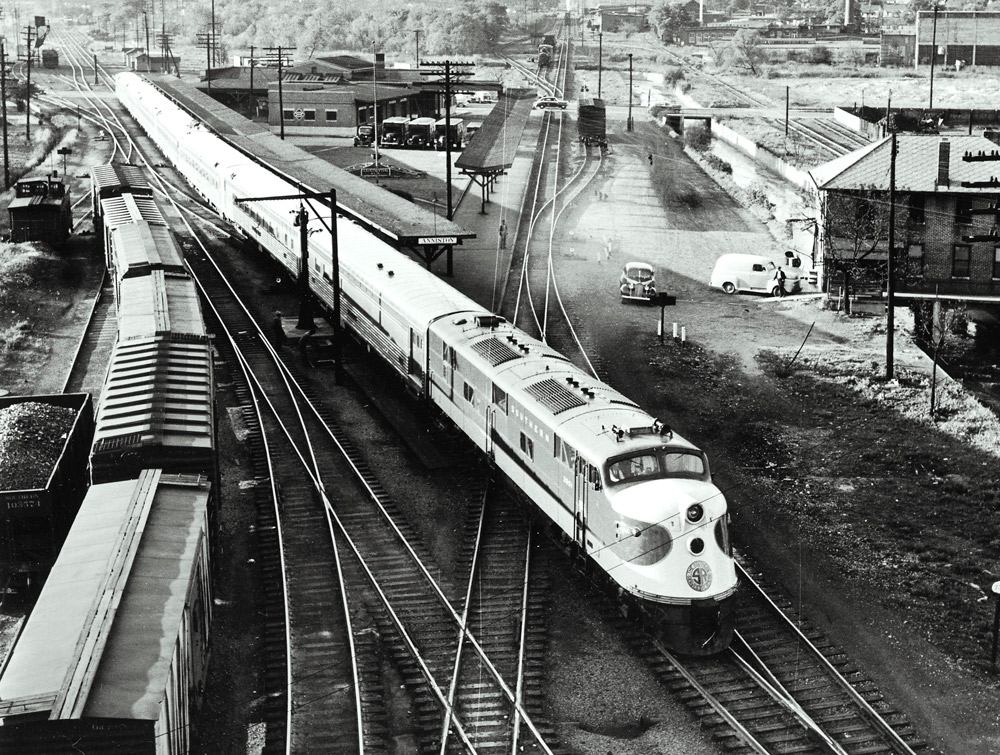
Southern Railway photograph
Southerner
Under pressure of the press and the Atlanta business community, and concerned about the competition from the Seaboard Air Line, Southern introduced its first all-streamlined train, the Southerner, in 1941. It began life as an all-coach train on an all-Southern route south of Washington. The road’s distinctive green E6 diesels pulled the train from its inception. The Southerner boasted attractive coaches, a full diner, and a round-end tavern-lounge-observation car. The streamliner operated between New York and Washington on the PRR and to Atlanta, Birmingham, and New Orleans via the Southern. By the early 1950s the Southerner would begin also carrying sleeping cars for Atlanta and Birmingham to compete with the Seaboard’s Silver Comet.
The Southerner was partially consolidated (southbound only) with the Crescent in the late 1960s. The completely combined trains were renamed the Southern Crescent in 1970.
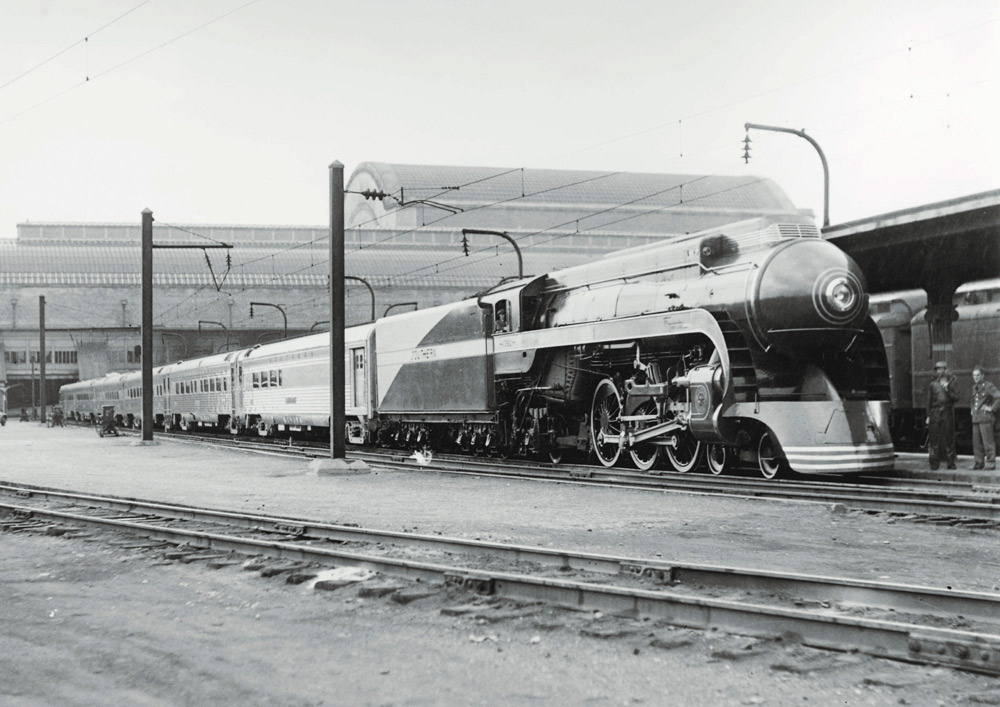
Photograph from the Frank Clodfelter collection
Tennessean
The Tennessean was Southern Railway’s second streamliner. Inaugurated in May 1941, it ran between Washington and Memphis. The train used the Southern from Washington to Lynchburg, Va., Norfolk & Western from Lynchburg to Bristol, Tenn., and the Southern again from Bristol to Memphis.
The Tennessean carried similar lightweight coach, dining, and lounge cars to the Southerner. It also carried mail cars on the front and heavyweight Pullman sleepers on the rear. Motive power on the easterly portion of the route was a Southern Ps-4 Pacific streamlined by industrial designer Otto Kuhler; N&W 4-8-4s handled it from Lynchburg to Bristol, where Southern E6s took over to Memphis.
The Tennessean catered to the Washington–Memphis travel market also served by the Memphis Special — a train whose main job was hauling the U.S. Mail. Despite its relatively slow schedule, the new streamlined Tennessean succeeded in more than doubling the amount of coach ridership generated by the Special.
Originally the Tennessean’s sleepers operated only from Bristol to Memphis; a Washington–Memphis sleeper was added later. Useful during World War II, the Tennessean always struggled to attract more lucrative long-distance riders. As mail and express revenues dropped postwar, the train fell on hard times. The Tennessean’s last Washington–Memphis run was in mid-1966; the truncated remnant was later abandoned.
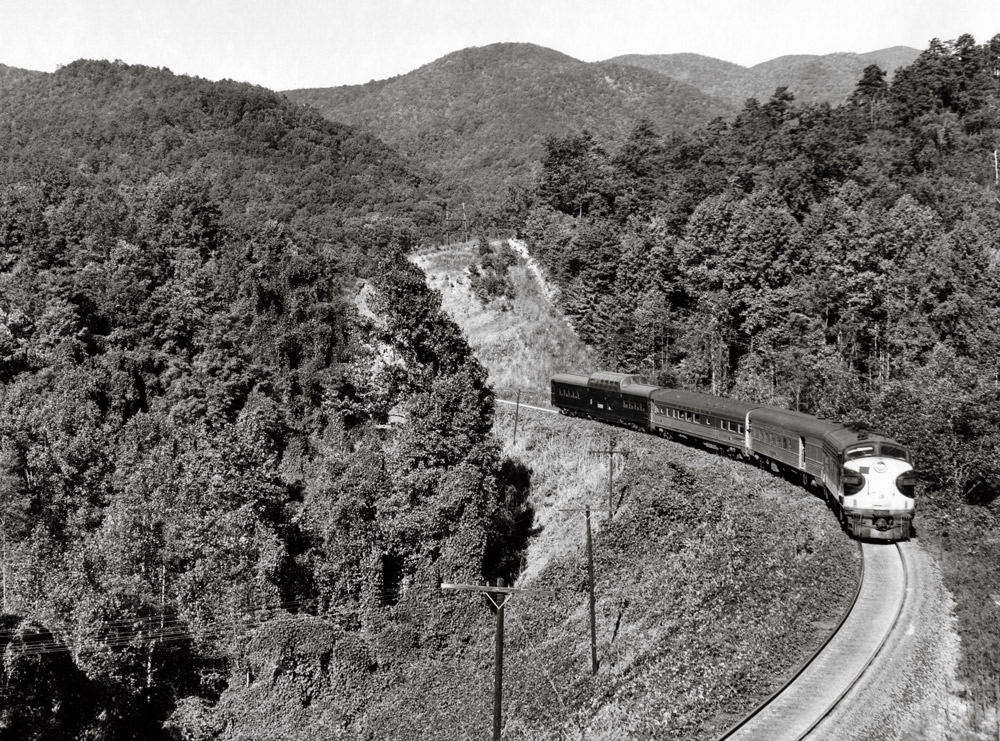
Photograph by Frank Clodfelter
Asheville Special
Inaugurated in February 1932, the Asheville Special, train 15 and 16, ran as far as Greensboro, N.C. In its best years the train carried mail and offered coaches, a diner, and through sleeping cars from New York to Asheville, Winston-Salem, and other destinations. The train ran on one of the most scenic routes in the South.
The Asheville Special was combined with the train 31-32, the Augusta Special, as far south as Salisbury, N.C., from its inauguration until 1949, when the two trains were split or combined at Greensboro. Also at this time the Asheville Special was rerouted to operate to Asheville via Winston-Salem.
Given the Southern’s predilection for eliminating money-losing passenger trains, it was remarkable that the Asheville Special lasted as long as it did. In February 1970 the train’s New York sleeper was cut back to Washington–Asheville. Then in July 1970 the Special stopped serving Winston-Salem and returned to its pre-1949 route to Salisbury. At the same time the train began running only three times per week and lost its Washington– Asheville sleeper. But Southern added a recently acquired dome car to the remaining consist in 1971, giving spectacular views of the mountains east of Asheville. But all that scenery and history couldn’t save the train, and it was discontinued in 1975.






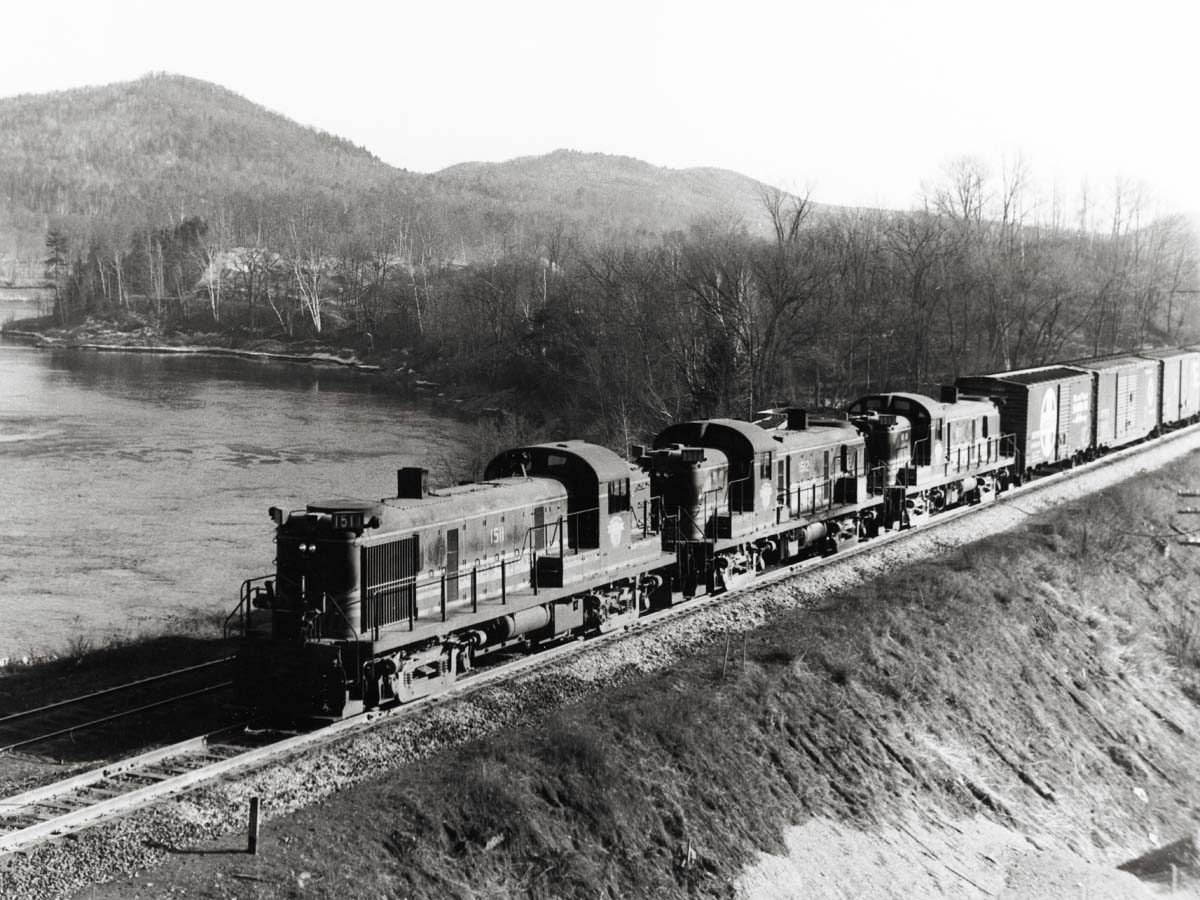
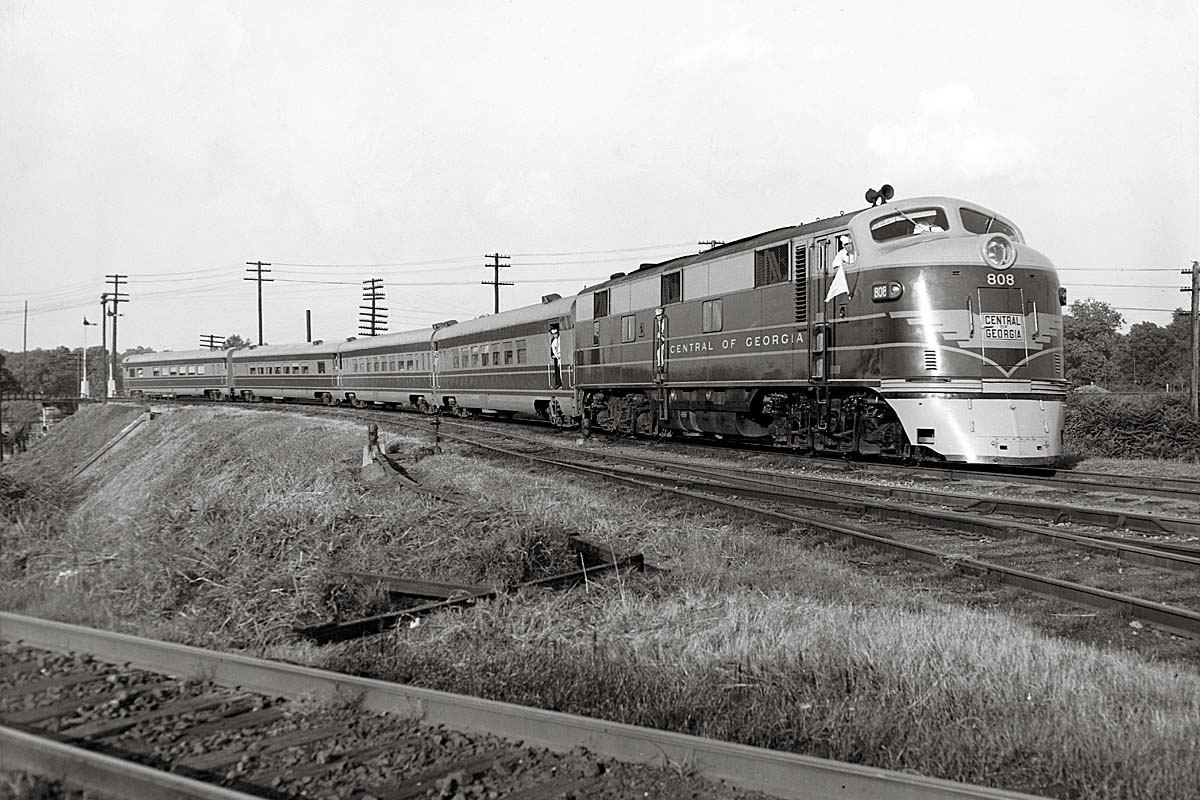
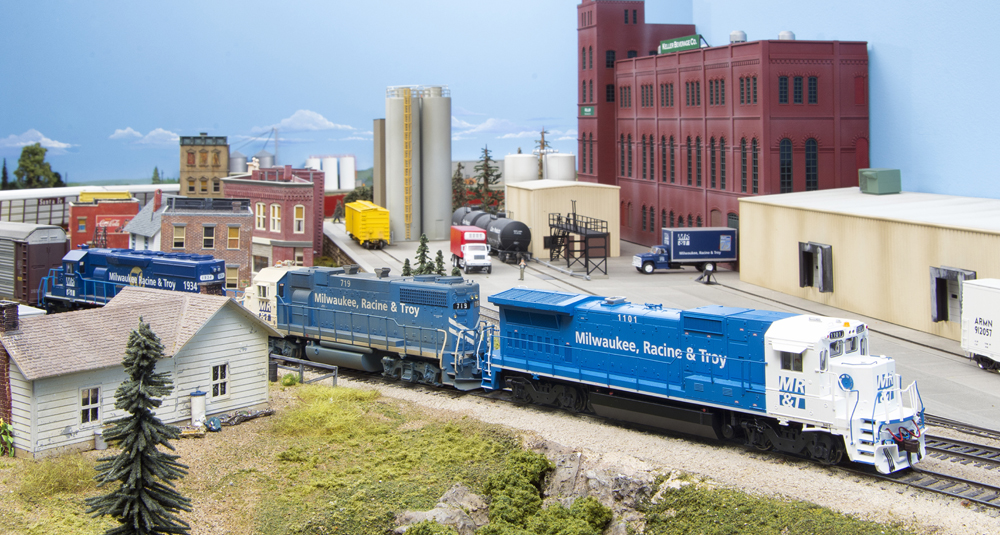
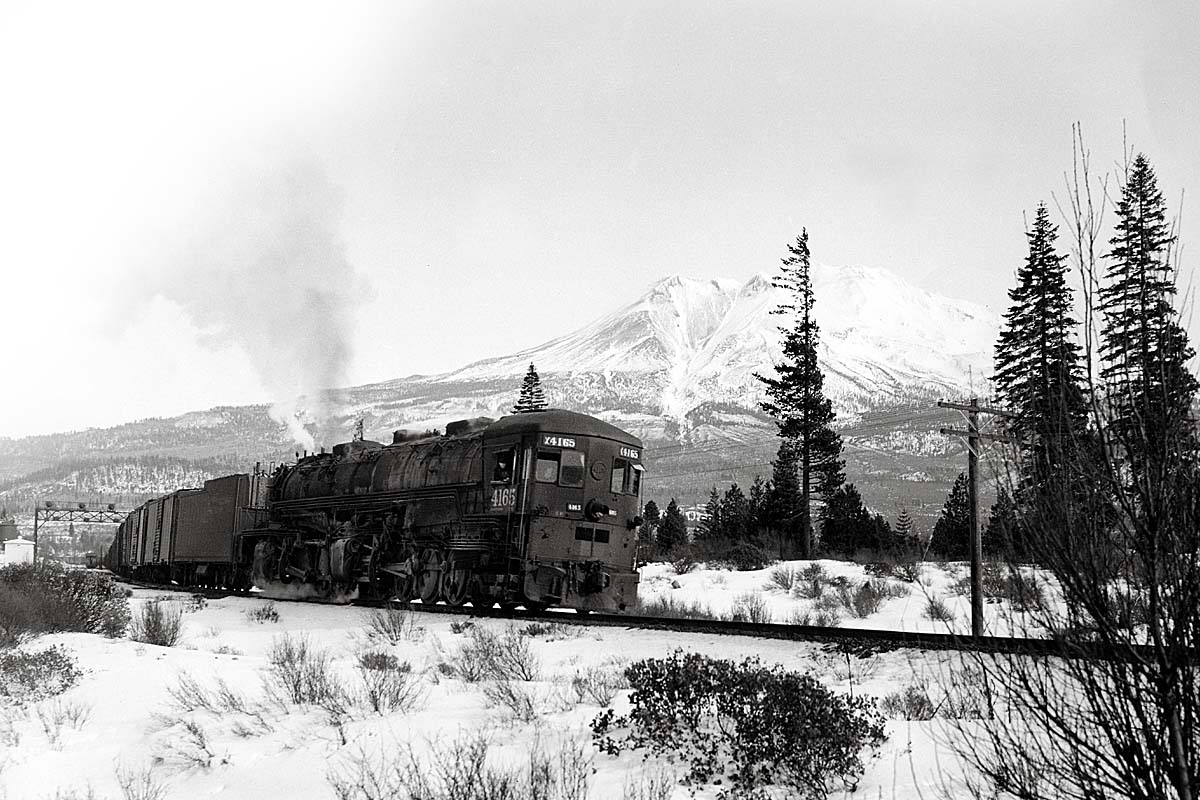




A question about the “Asheville Special”:
Where did the Southern obtain the dome car from? It looks like a Budd dome.
Ed Burns